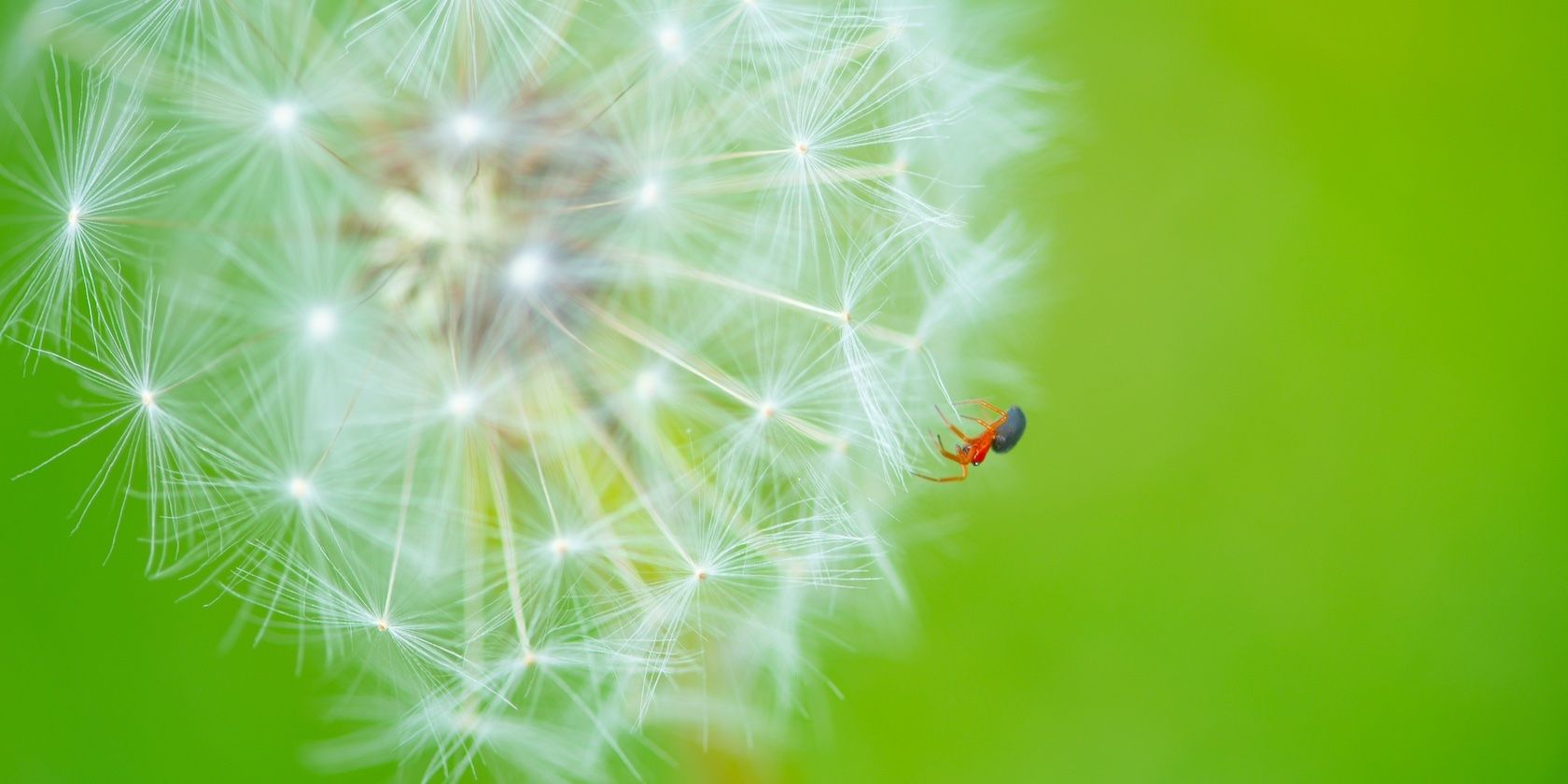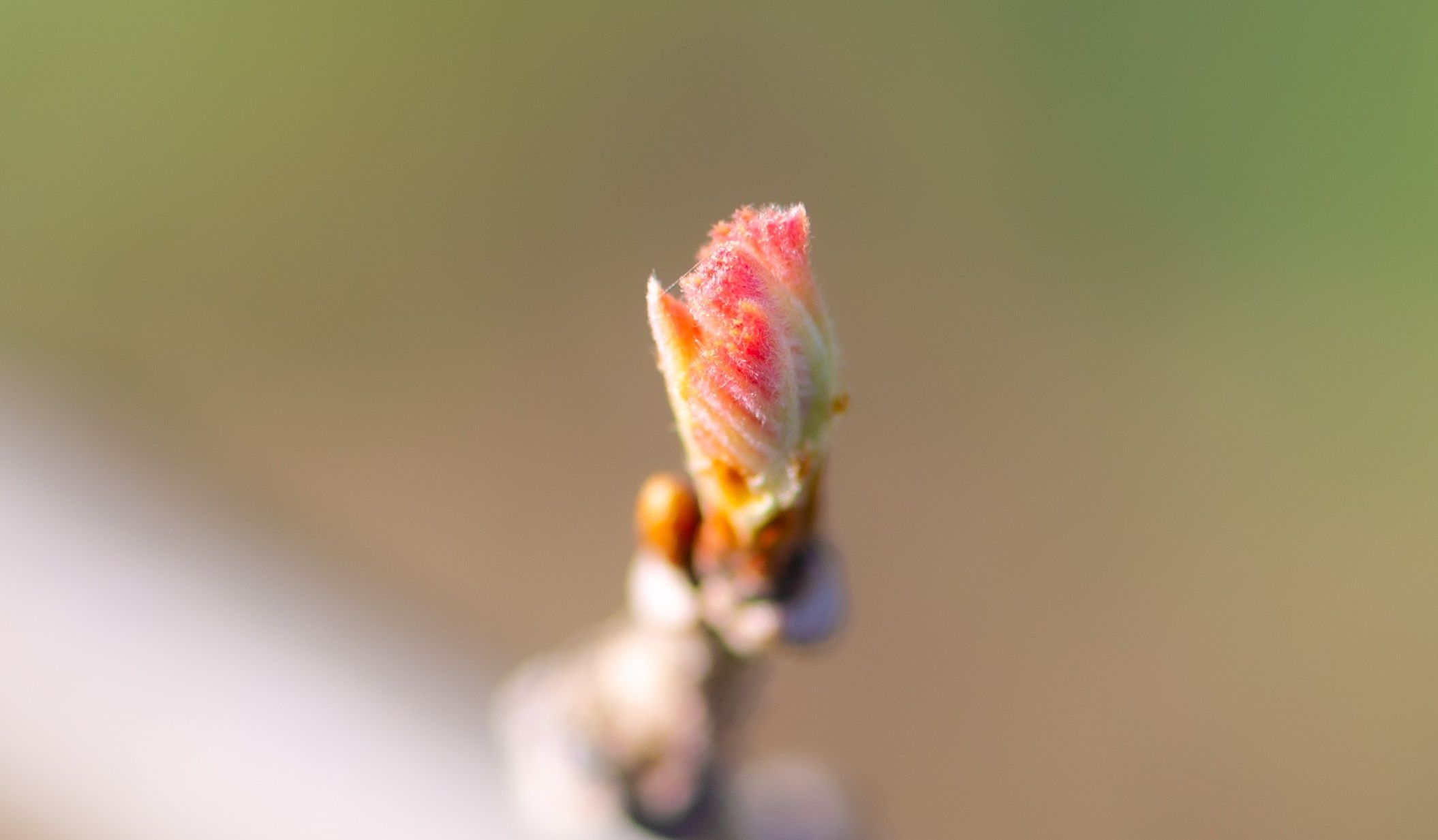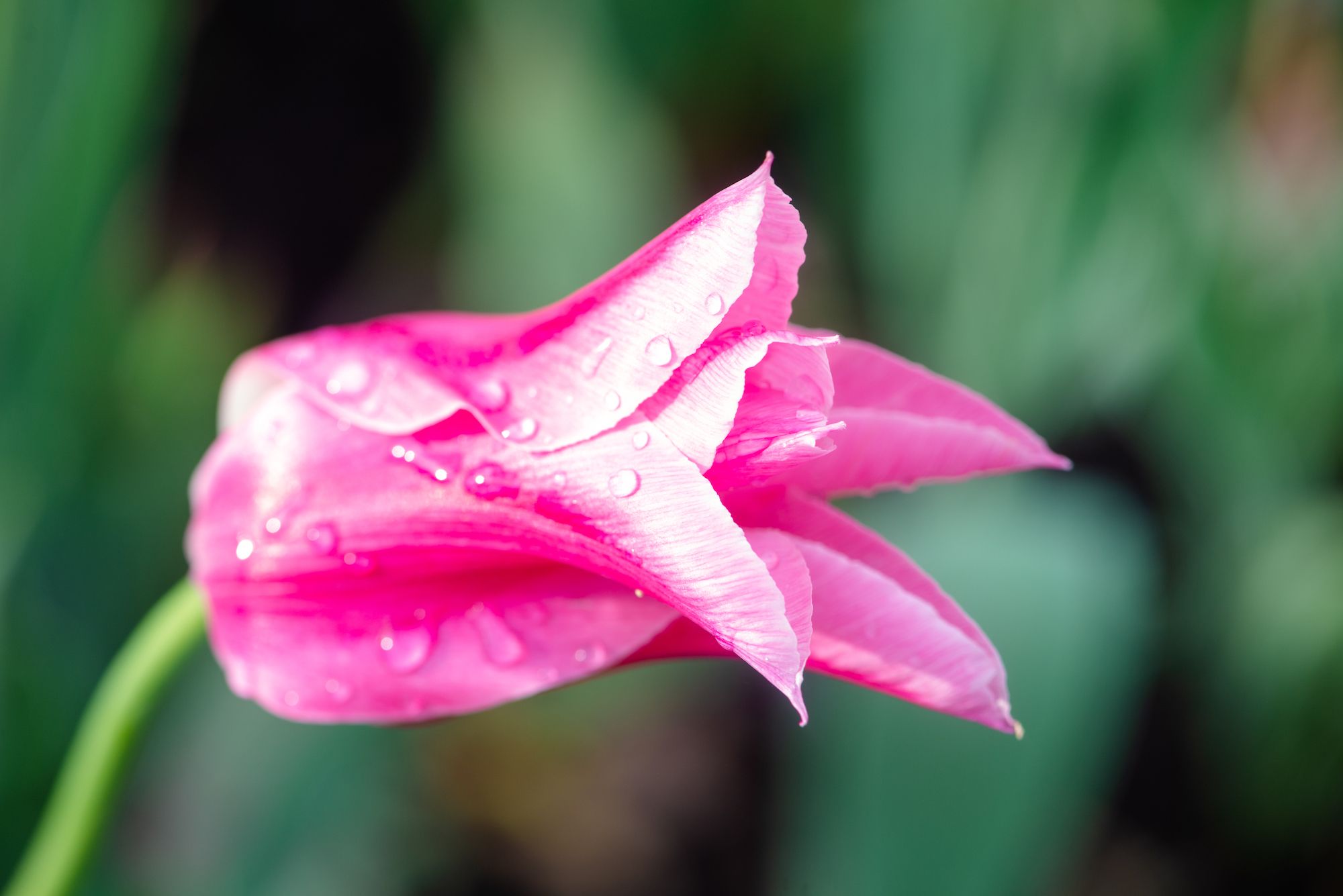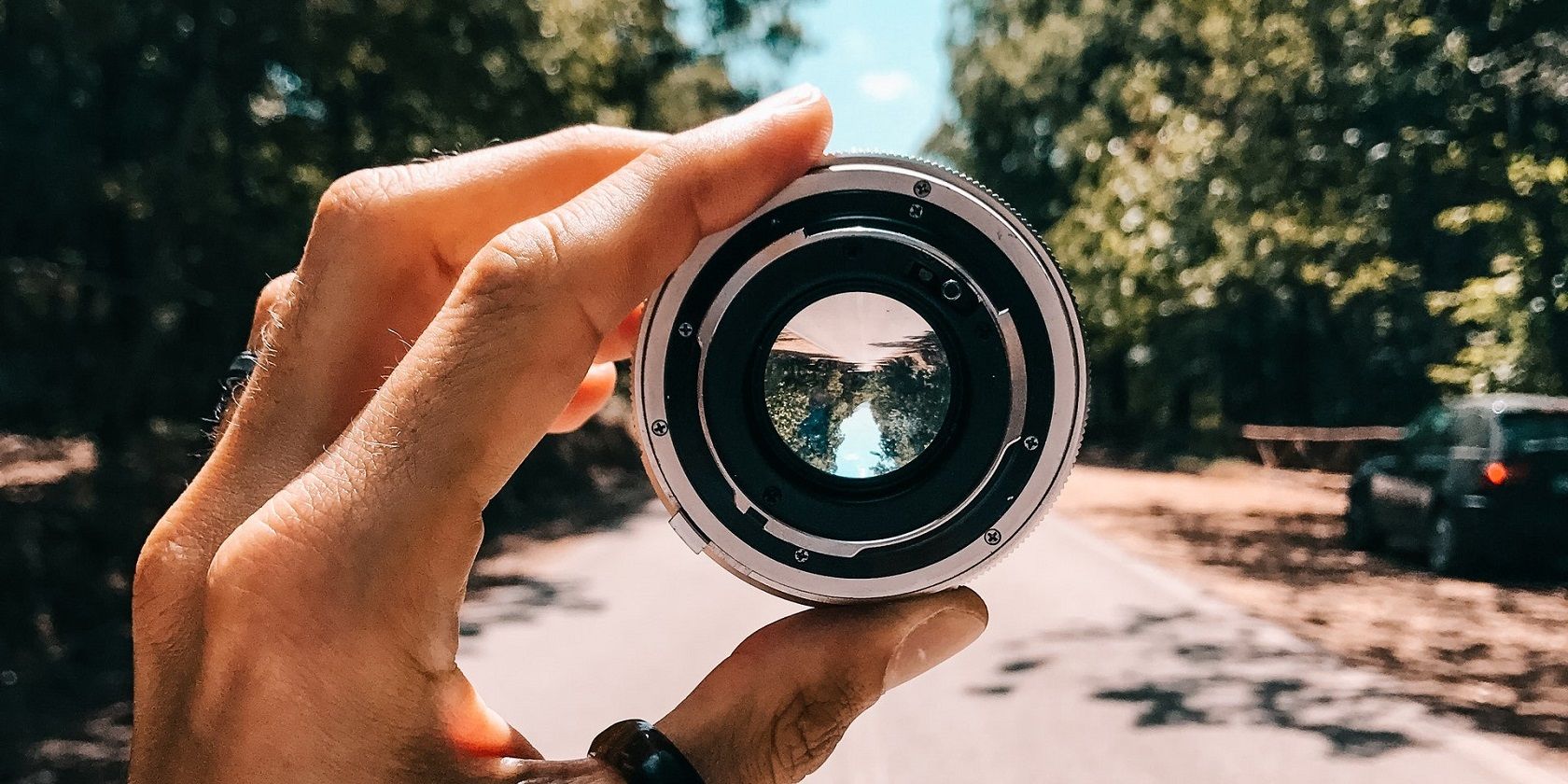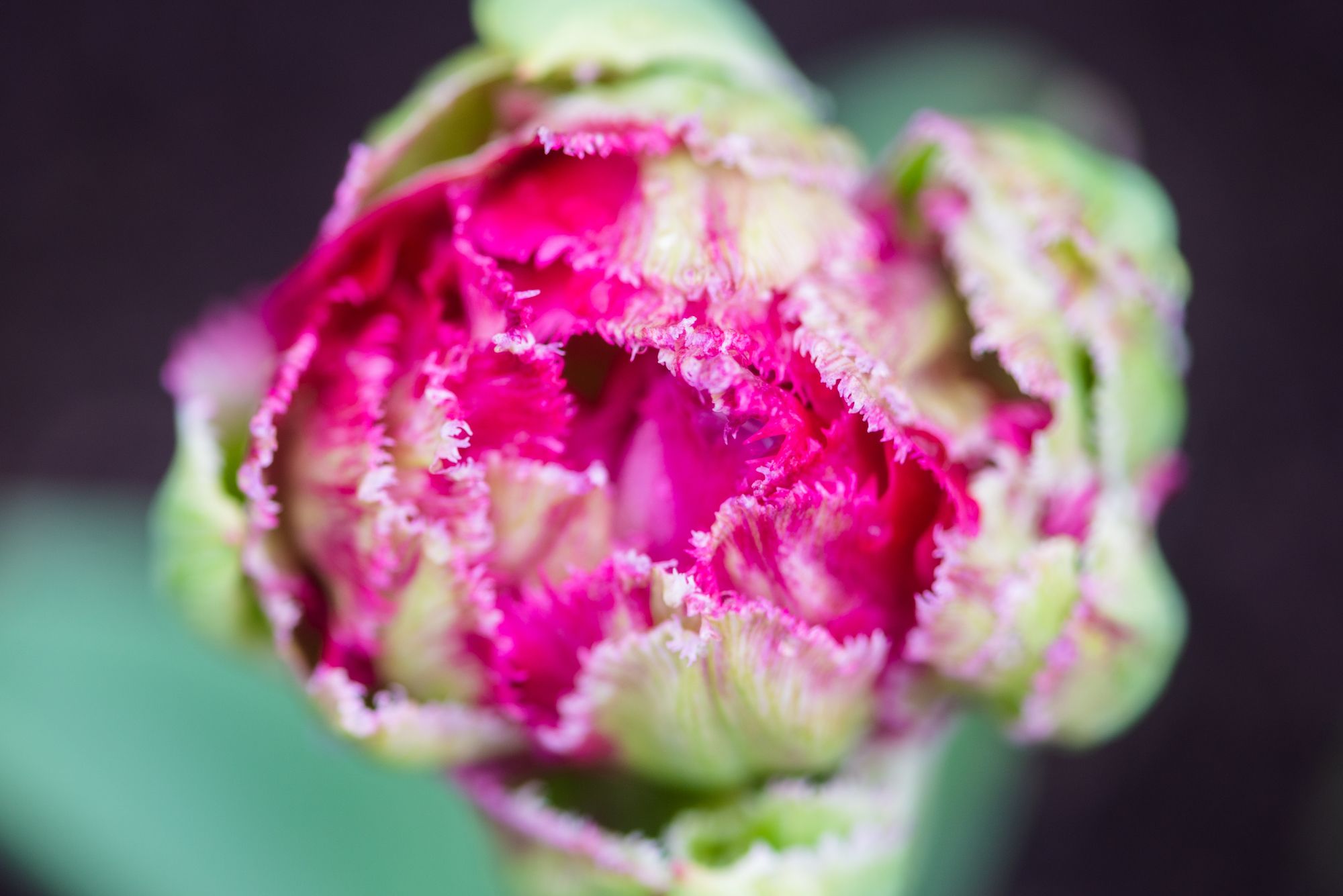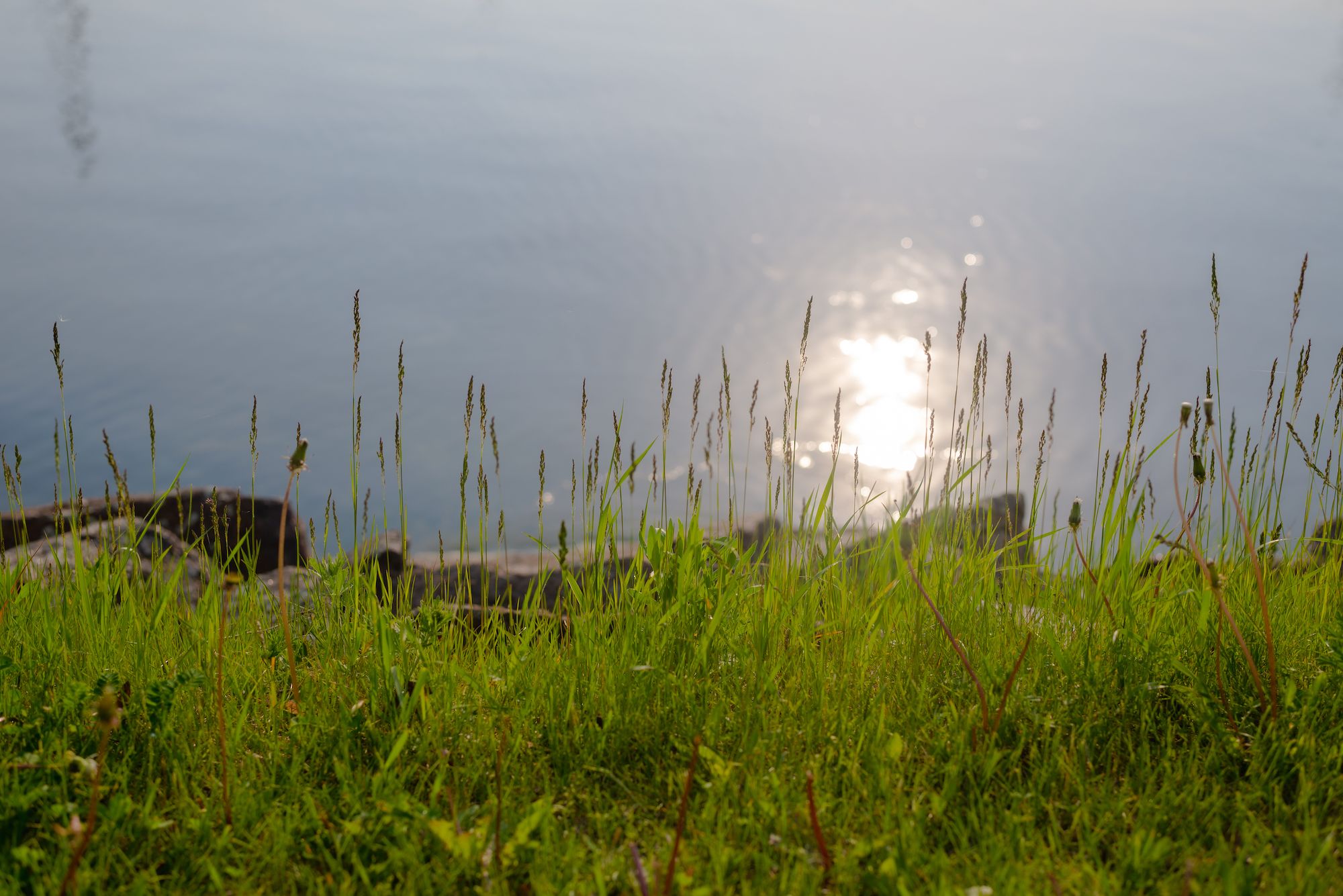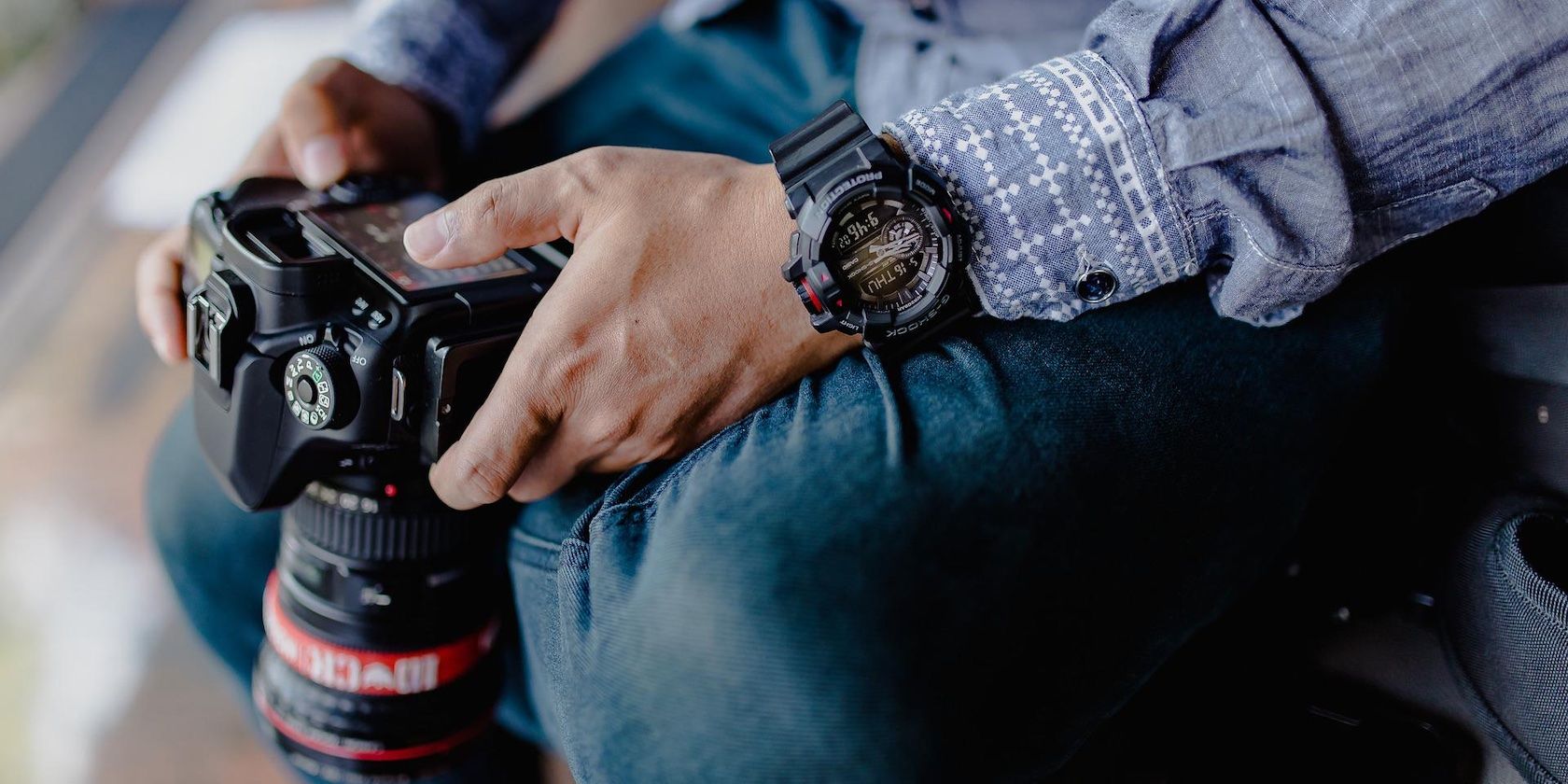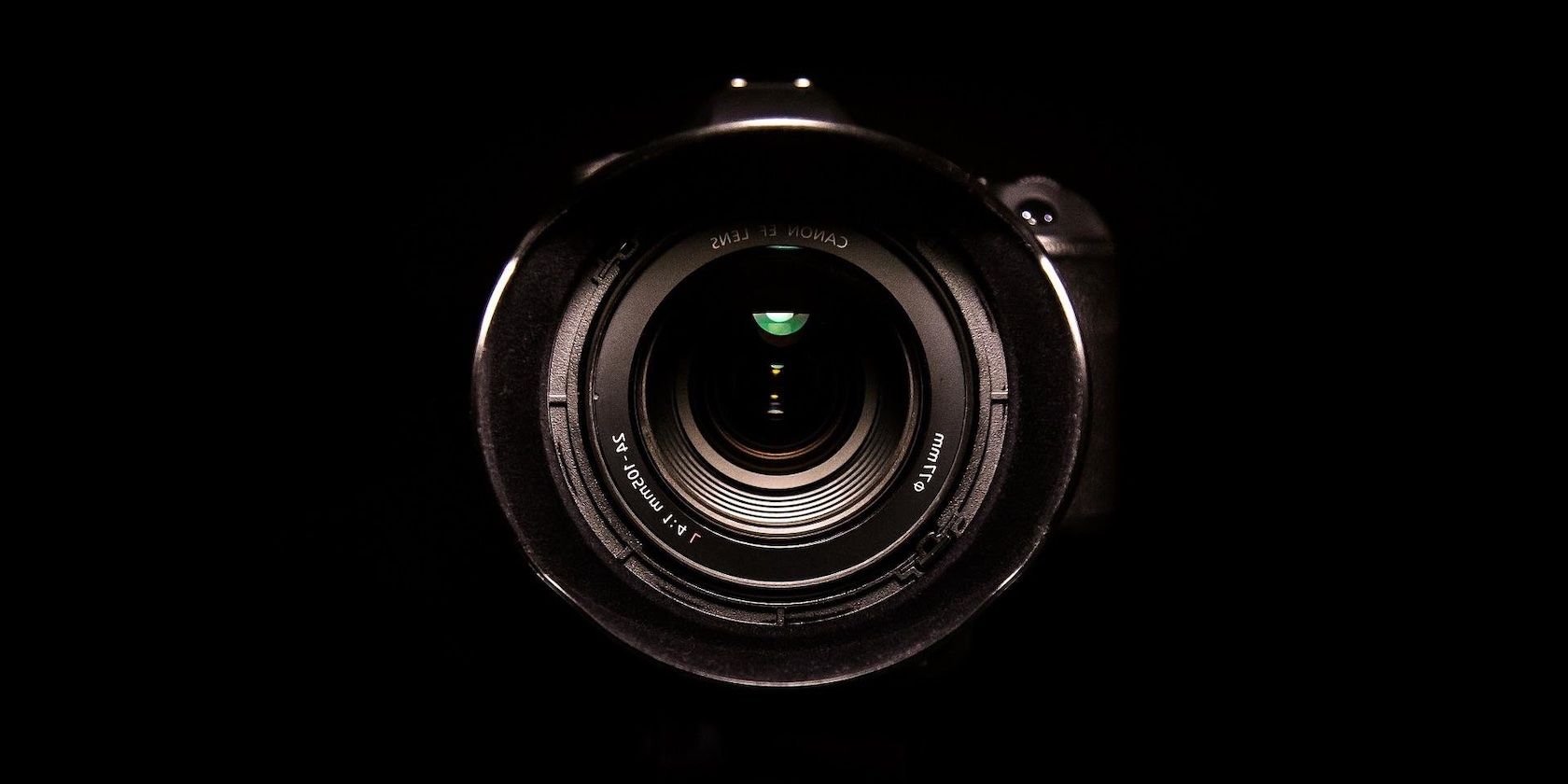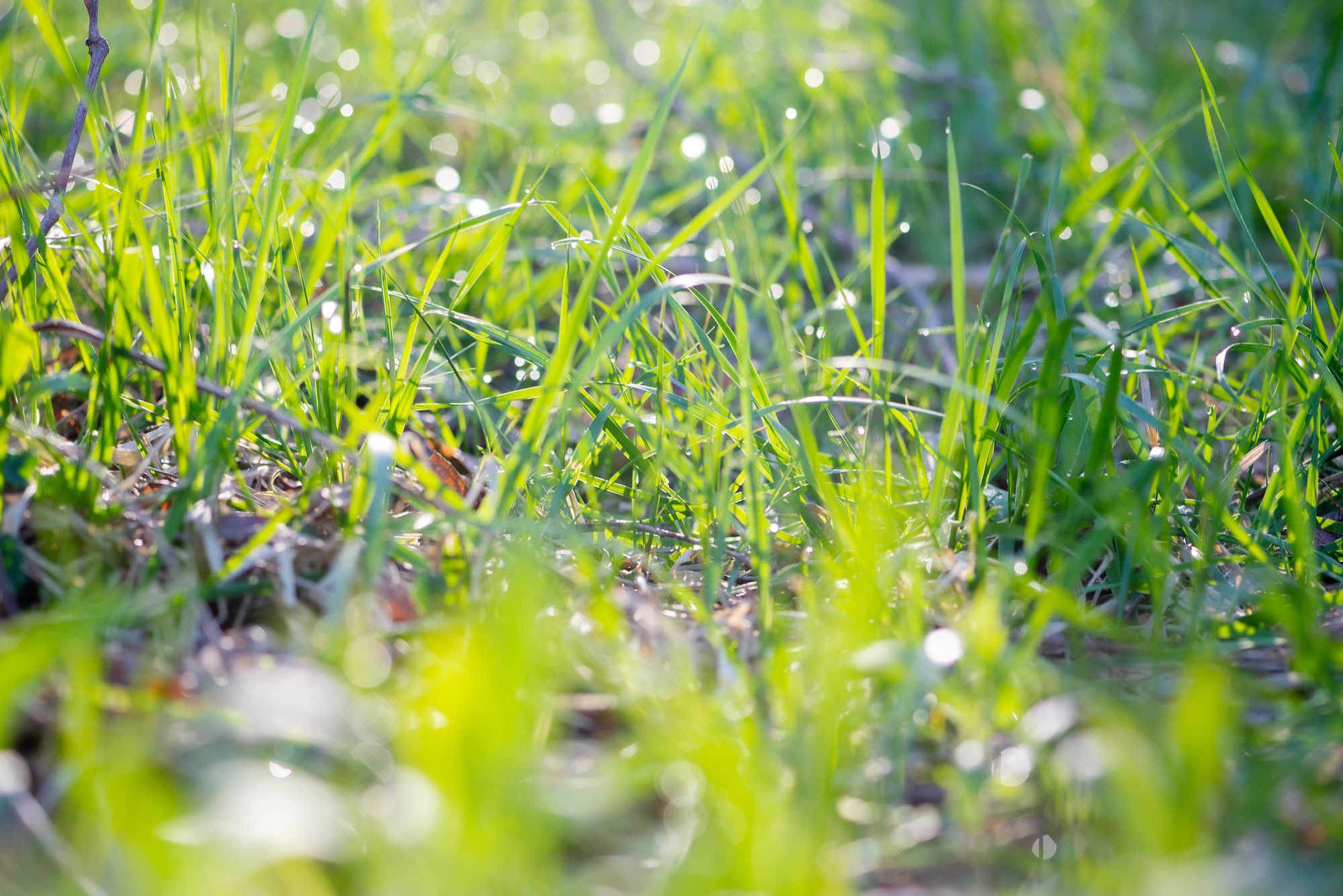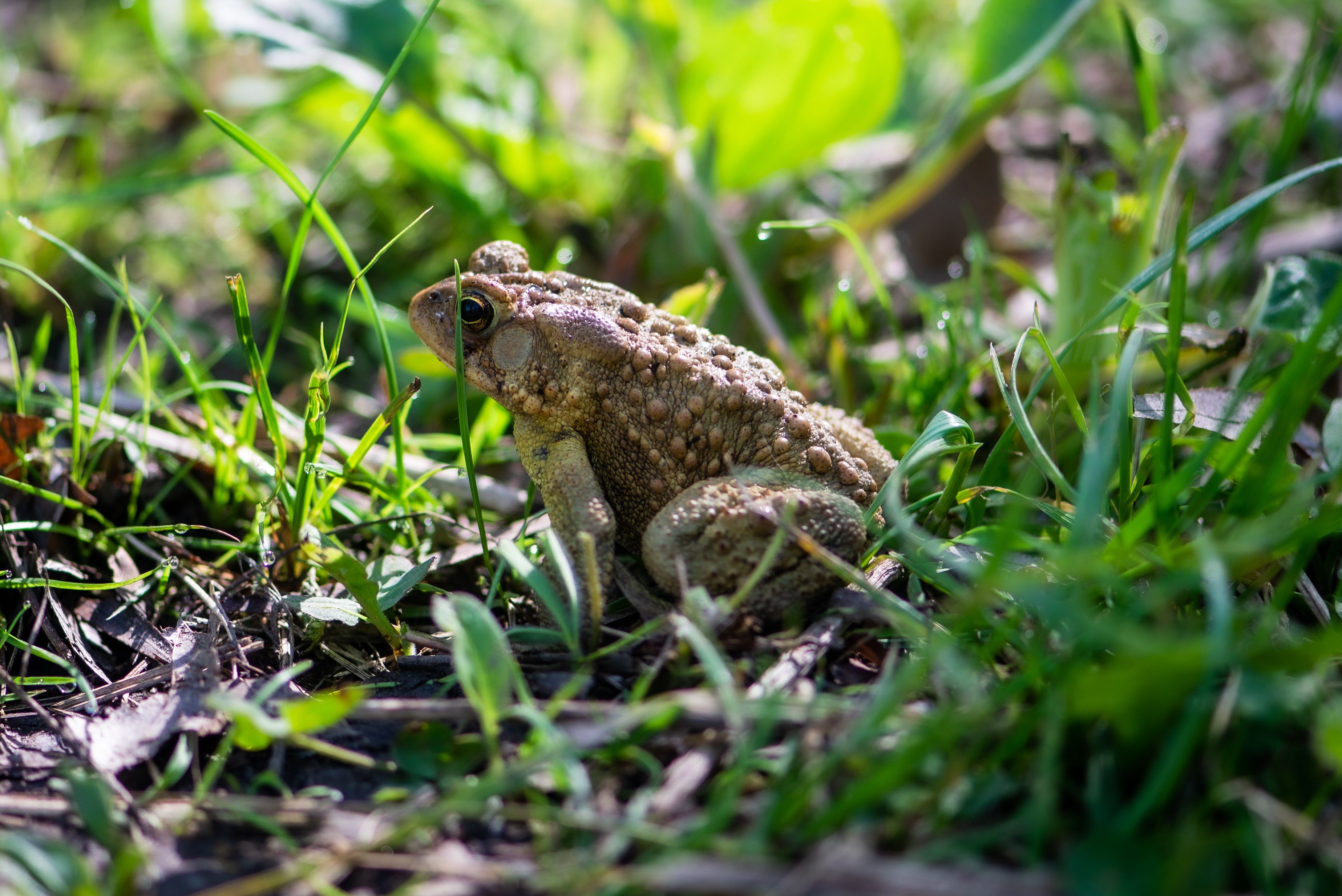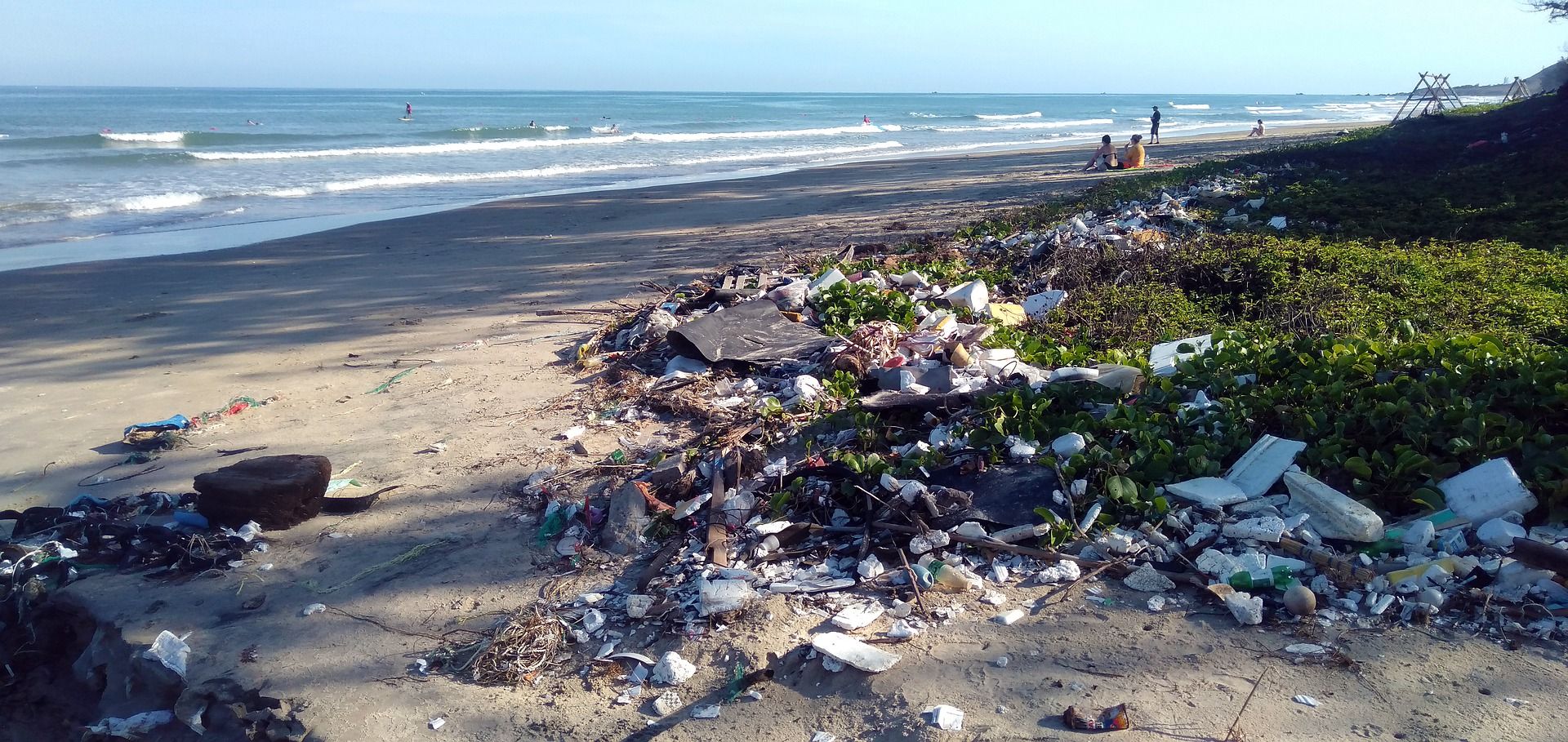Are you interested in pursuing macro photography? If yes, you are in for a treat. Through your macro photos, you will see all the intricate details your eyes missed seeing in real-time.
And as a macro photographer, you will find subjects unlike any other. From exquisite flora to alien-like fauna—you will meet them all. We promise you will start looking at the world in a different light.
Want to dive into the world of micro beasts? Here is what you should be aware of.
The Do's of Macro Photography
First, let's dive into the things you should be doing with your macro photography.
1. Find Intriguing Subjects
As a macro photographer, it is your right to take photos of pretty flowers and beautiful butterflies, but try to look beyond these subjects. It is better to look for overlooked things like spring buds, mushrooms, tiny bugs, worms, and unusual reptiles. Textures in fall leaves, bird feathers, ice crystals, snowflakes, and water droplets also make for excellent subjects.
Make your subjects pop by paying attention to the background and lighting conditions.
2. Try Out Different Angles
Your macro photos are a success if they evoke a response from the viewers. To catch the viewers' eyes, you should be willing to try different angles and perspectives. Usually, head-on shots of insects and reptiles make a better impact. Also, look where the light is falling on your subject—a dragon fly's wings glistening against sunlight is sure to get the attention of your viewers.
You can also check out different perspectives, from bird's eye view and worm's eye view to everything in between. Acrobatic skills can come in handy as a macro photographer.
3. Focus Manually
If you have ever used a macro lens before, you probably know how shallow the depth of field is. Added to this woe, the autofocus mechanism on your lens doesn't get things right all the time. So, how do you nail your focus and bring your subject alive? Switch to that M mode on your lens, and focus manually.
Since the macro lens lets you go very near your subject, it's easy to miss your focus. The best way to deal with this situation is to move back and forth gently until you see your subject in sharp focus and then take the picture. Don't forget to zoom to 100 percent and check the image quality on your camera's screen.
4. Fill Your Frame
Macro subjects are tiny, and your primary job as a macro photographer is to portray them big. One of your macro lens specialties is that it can focus very closely, so feel free to go nearer to your subject. But, be careful about not scaring away your teeny tiny subjects. A mid-range macro lens like the Canon 100mm f/2.8 is excellent for this.
The biggest perk of having a high-resolution camera for macro photography is that you can crop your photos tight and still be left with enough resolution to enlarge them. Of course, most of the latest cameras have at least 24 megapixels resolution, so you're probably fine.
5. Use Natural Light as Much as Possible
Your macro subjects are so small that even a whiff of wind is enough to move them. In order to avoid blurry photos, your shutter speed must be fast. Also, your aperture must be in the mid-range as the depth of field in your macro lens is shallow. So, unless you're shooting in bright daylight, you will need some extra lighting.
Powerful external flashes are great accessories to lighten up your macro subjects, but they can also harm tiny creatures. So, feel free to bump your ISO high and edit the noise in your post-production software. Or, try taking slightly underexposed photos and tweak the details in the software later. Having a sturdy tripod can also help.
If you must use a flash, make sure to use an appropriate diffuser.
6. Shoot in RAW
There are many benefits of shooting in RAW over JPEG, especially when it comes to adjusting the white balance and pulling out details from shadows and highlights.
With your macro subjects, you need all the flexibility you can get. Unlike other subjects, these tiny creatures can quickly change between different lighting conditions. For instance, a frog can be in bright sunlight one moment, and the next, it can hop off to a shady spot under the bush.
7. Try Focus Stacking
Want your macro images to be ultra-sharp like those you see in magazines? Then, your best bet is focus stacking. It is not a complex technique, and we have step-by-step instructions on focus stacking for you.
The Don'ts of Macro Photography
Now for the things you shouldn't do...
1. Choose the Wrong Time of the Day
You probably know all the rage about blue hour and golden hour photography. But, unfortunately, your macro subjects don't care about the beauty of these two periods in the day—they follow their own timeline.
Each tiny creature has a preferred time of the day when they are active. So, you should plan your day around that. For example, bees and butterflies tend to be active during the hottest part of the day, and creatures like frogs and salamanders favor the evening time. On the other hand, early mornings are great for photographing fresh flowers glistening with dewdrops.
2. Disturb the Wildlife and Their Environment
Understandably, you put in a ton of effort to make the perfect pictures, but manipulating your subject and its environment is a no-no. For instance, think how a salamander—who likes to live in the dark, under a log—will feel if you flash a bright light on it. Similarly, it's not okay to bring a bug to your studio to photograph it.
Please don't take your subjects for granted just because they are small. Also, remember those leaves, stones, and sticks may be there for a reason. So, avoid changing them too much. Stick to the trail when you're out in the woods.
3. Leave Anything Behind
Photographing in nature is unpredictable, and it takes a lot of hard work. So you should be prepared to spend long hours outdoors. You may want to bring enough food and water with you. At the same time, remember to take all your trash back with you.
As clichéd as it sounds, aim to take only photographs and leave only your footprints.
Take Macro Photos That Are Out of This World
When dealing with the littlest creatures of the planet, try different techniques to portray their beauty. More importantly, be respectful to them. It will also help if you research your subjects beforehand and learn more about them. Knowing your camera and lens' settings is also crucial.
Macro photography can be very demanding, but it can also be rewarding. Follow our tips here, and you'll soon start taking stunning macro photos.

